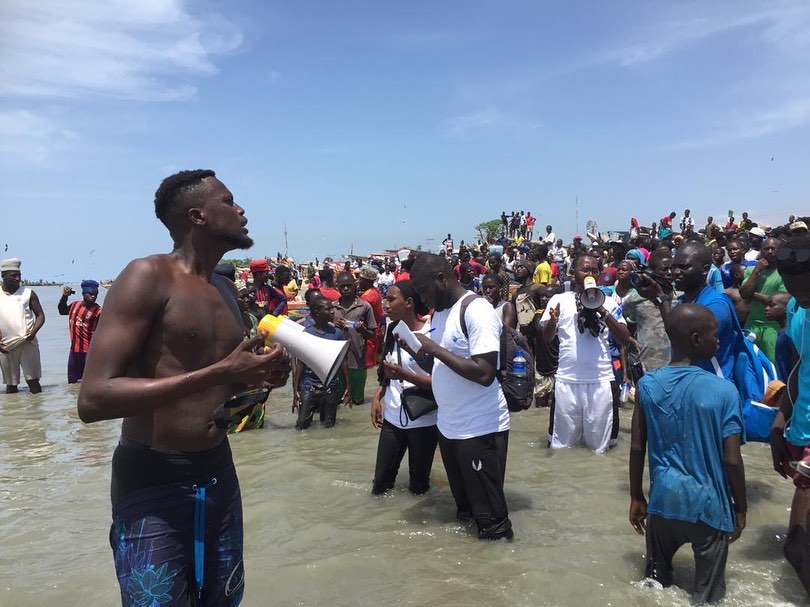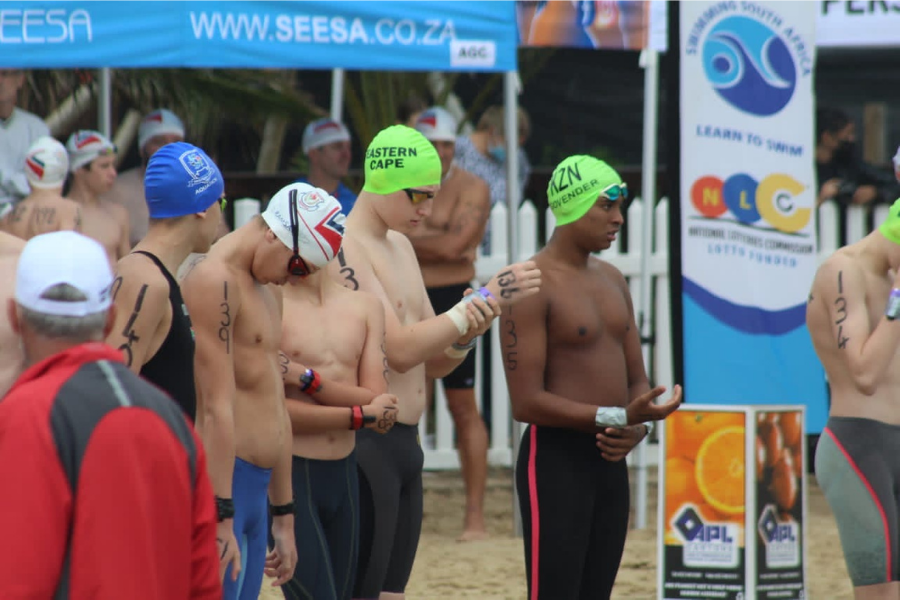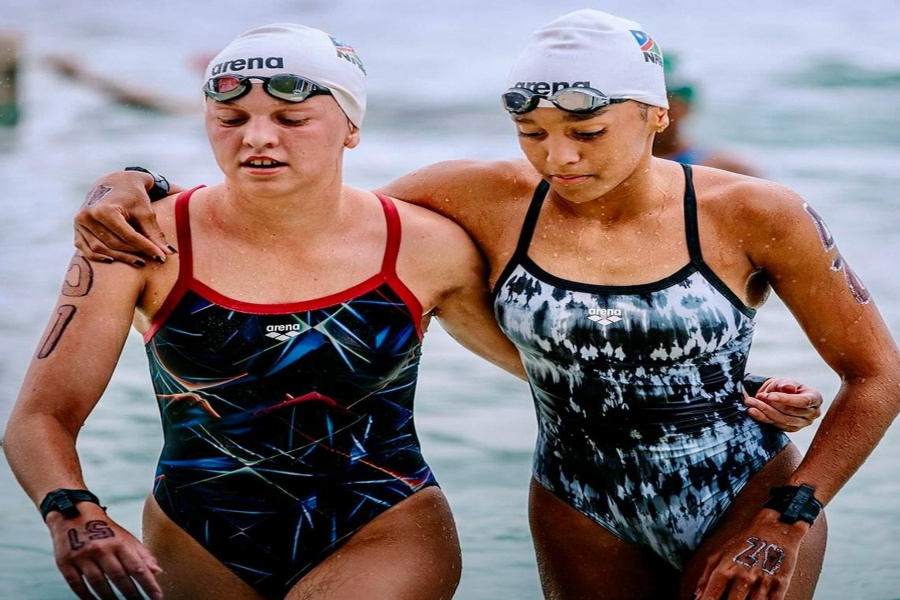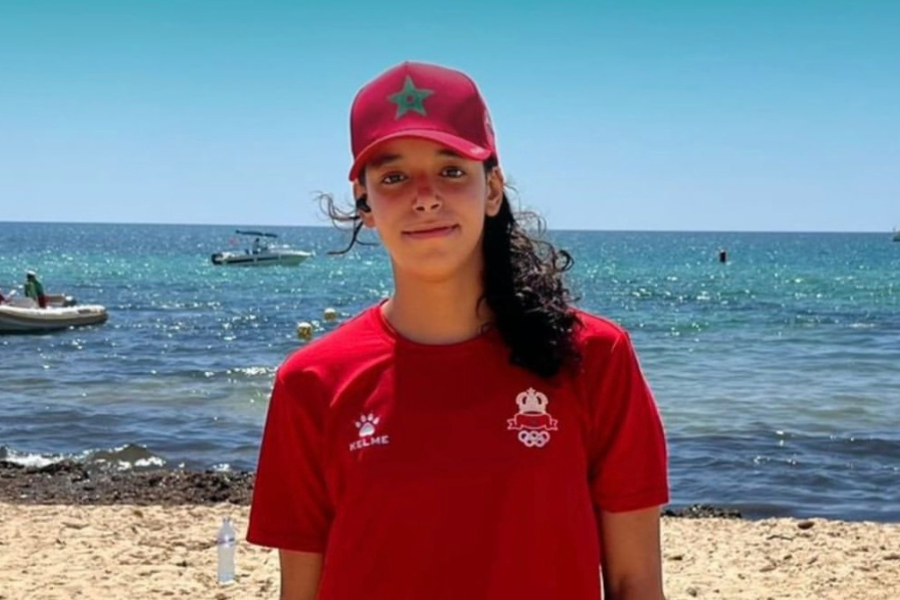34th Dakar-Gorée Crossing
The 34th Dakar-Gorée Crossing: A Journey Through History and Resilience
This years Dakar-Gorée Crossing saw hoards of people from all walks of life come to participate in the oceanic swim. The Dakar-Gorée Crossing, an annual event, has become a symbol of endurance, remembrance, and reconciliation. For 34 years, participants have gathered to traverse the roughly 3-kilometer stretch of the Atlantic Ocean that separates Dakar, the capital of Senegal, from the historic island of Gorée. This event holds a special place in the hearts of many, as it commemorates the painful legacy of the transatlantic slave trade while celebrating the spirit of unity and hope.
The first Dakar-Gorée Crossing took place in 1989, initiated by a group of Senegalese swimmers, activists, and historians. Their goal was to create an event that would not only honor the memory of the enslaved but also promote reconciliation and unity among people of African descent worldwide. Over the years, the crossing has grown in scale and significance, drawing participants from various backgrounds, ages and nations.
One of the remarkable aspects of the Dakar-Gorée Crossing is its ability to foster unity and reconciliation. Participants come from diverse backgrounds, including professional swimmers, amateur athletes, activists, and ordinary citizens who want to pay their respects to the ancestors who suffered during the transatlantic slave trade.
Swimmers, in particular, find this event to be a powerful symbol of solidarity. They brave the often-challenging waters of the Atlantic, not only for personal achievement but also to send a powerful message of unity. The act of crossing together serves as a reminder that, despite the historical divisions created by slavery, people of African descent share a common heritage and can come together to heal the wounds of the past.
The Dakar-Gorée Crossing also plays a crucial role in preserving the memory of the transatlantic slave trade. It provides a platform for education and awareness, allowing participants and spectators to reflect on the atrocities of the past and the importance of ensuring such horrors are never repeated.
The event includes various educational activities and cultural performances that help convey the history and significance of Gorée Island. Participants visit the House of Slaves and other historical sites, where they can gain a deeper understanding of the suffering endured by enslaved Africans.
Beyond its historical and educational significance, the Dakar-Gorée Crossing is a celebration of resilience. It showcases the strength of the human spirit and the determination to overcome adversity. Participants, whether seasoned swimmers or novices, face physical and mental challenges during the crossing. Their triumph over these challenges symbolizes the endurance and resilience of the descendants of those who endured the horrors of the transatlantic slave trade.
The 34th Dakar-Gorée Crossing is not just a swim across the Atlantic; it's a journey through history, memory, and resilience. It honors the victims of the transatlantic slave trade, promotes unity and reconciliation, and serves as a powerful reminder of the importance of never forgetting the past. As participants gathered once again to make this symbolic crossing, they continue to inspire and remind us all of the enduring human spirit and the need to work together for a more just and equitable world.
Congrats to all the participants!

























